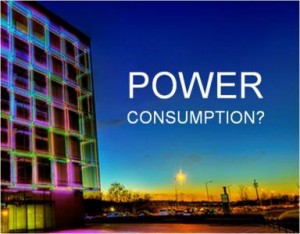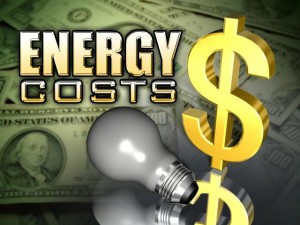By the time energy is delivered to us -
In a usable form, it has typically undergone several conversions. Every time energy changes forms, some portion is “lost.” With each change, some amount of the original energy turn into forms we do not want or cannot use, typically as so-called waste heat that is so diffuse it cannot be captured.
Reducing the amount lost – also known as increasing efficiency – is as important to our energy future as finding new sources because gigantic amounts of energy are lost every minute of every day in conversions.

Paying for energy is simple, you get the bill and pay it, but cutting energy costs is complicated even for buyers with decades of experience. This is because the price you pay and the quantity you consume is heavily influenced by politics, economics and weather. These are variables that change irregularly and sometimes quiet drastically. As if that were not enough of a headache, many of the programs and dynamics change as you move from one market to another. So managing multiple locations can take a little time and effort.
Price x Quantity – Incentives = Cost
Price = Electricity and Natural Gas account for 87% of total energy supply cost
Quantity = Lighting and HVAC account for 75% of building energy consumption
Incentives = Federal, State and local government and utility rebates, credits and tax incentive
THE ENERGY COST represents 60-85% of you total electric bill. Market forces, not regulators, dictate this piece. Very volatile but very liquid – meaning you can assume as little or as much price risk as is appropriate for your business drivers.
THE DELIVERY COSTS are associated with bringing energy from the generator to your meter. This cost is driven by regulatory bodies and system operators. Ensuring accurate rate and classification is a key to minimizing your delivery costs.

Energy Consumption
Los Angeles wants to slash energy consumption by 20 percent across 30 million square feet of commercial structures by 2020. But acquiring power usage data from all the buildings to evaluate progress hasn’t been an easy task for city officials.
The Los Angeles Department of Water and Power (LADWP) doesn’t have the capability to transmit its data in an automated fashion, which impedes the timely collection and aggregation of the usage data, according to Dave Hodgins, executive director of the Los Angeles Better Building Challenge (LABBC).
To solve that problem, LABBC has the task of extracting the energy consumption data from dozens of buildings for evaluation and monitoring. LABBC is part of an initiative sponsored by the U.S. Department of Energy to reduce energy consumption in existing buildings, from retrofitting city-owned facilities and affordable housing units, to working with the private sector to finance energy and water efficiency upgrades in commercial buildings.
Natural gas procurement
